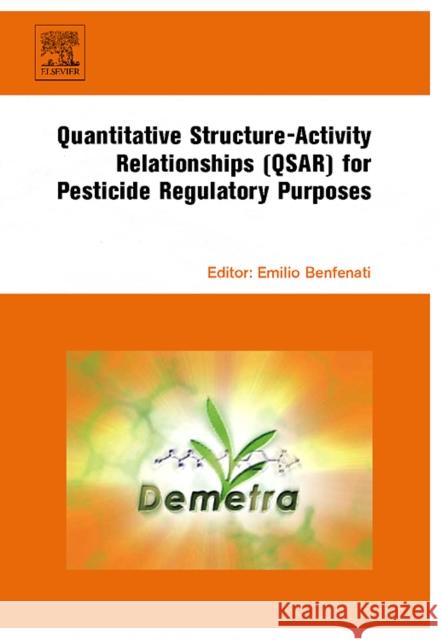Quantitative Structure-Activity Relationships (QSAR) for Pesticide Regulatory Purposes » książka
Quantitative Structure-Activity Relationships (QSAR) for Pesticide Regulatory Purposes
ISBN-13: 9780444527103 / Angielski / Twarda / 2007 / 510 str.
Quantitative Structure-Activity Relationships (QSAR) for Pesticide Regulatory Purposes
ISBN-13: 9780444527103 / Angielski / Twarda / 2007 / 510 str.
(netto: 1210,14 VAT: 5%)
Najniższa cena z 30 dni: 1263,74 zł
ok. 16-18 dni roboczych
Bez gwarancji dostawy przed świętami
Darmowa dostawa!
Quantitative Structure-Activity Relationship (QSAR) for Pesticide Regulatory Purposes stems from the experience of the EC funded project DEMETRA. This project combined institutes involved in the regulatory process of pesticides, industries of the sector and scientists to develop and offer original software for the prediction of ecotoxicity of pesticides. Then to be used within the dossier preparation for pesticide registration. The basis of this book is more than three-years of research activities, discussions, studies and successful models. This experience represents a useful example not only for the case of pesticides, but also for the prediction of ecotoxicity and toxicity in general.
QSAR is used to link a given property of a chemical compound with some features related to its structure. The theoretical toxicological, chemical and information technology aspects will be treated considering the regulatory issues. Innovative hybrid systems will be described, for the toxicity prediction of pesticides and related compounds, directly useful for pesticide evaluation within the Dossier preparation for pesticide registration. Five endpoints will also be discussed, addressing issues as standardisation, verification, validation, accessibility, reproducibility.
The driving force for Quantitative Structure-Activity Relationship (QSAR) for Pesticide Regulatory Purposes is that all the issues of concern for end-users are analysed, discussed and solutions proposed further. An innovative feature is that, in order to offer powerful QSAR models, the book discusses and reports on integrated QSAR models, combined into a unique hybrid system.
* Combines theoretical discussion with practical examples, including five worked examples of hybrid systems
* Refers to original software available through the internet











